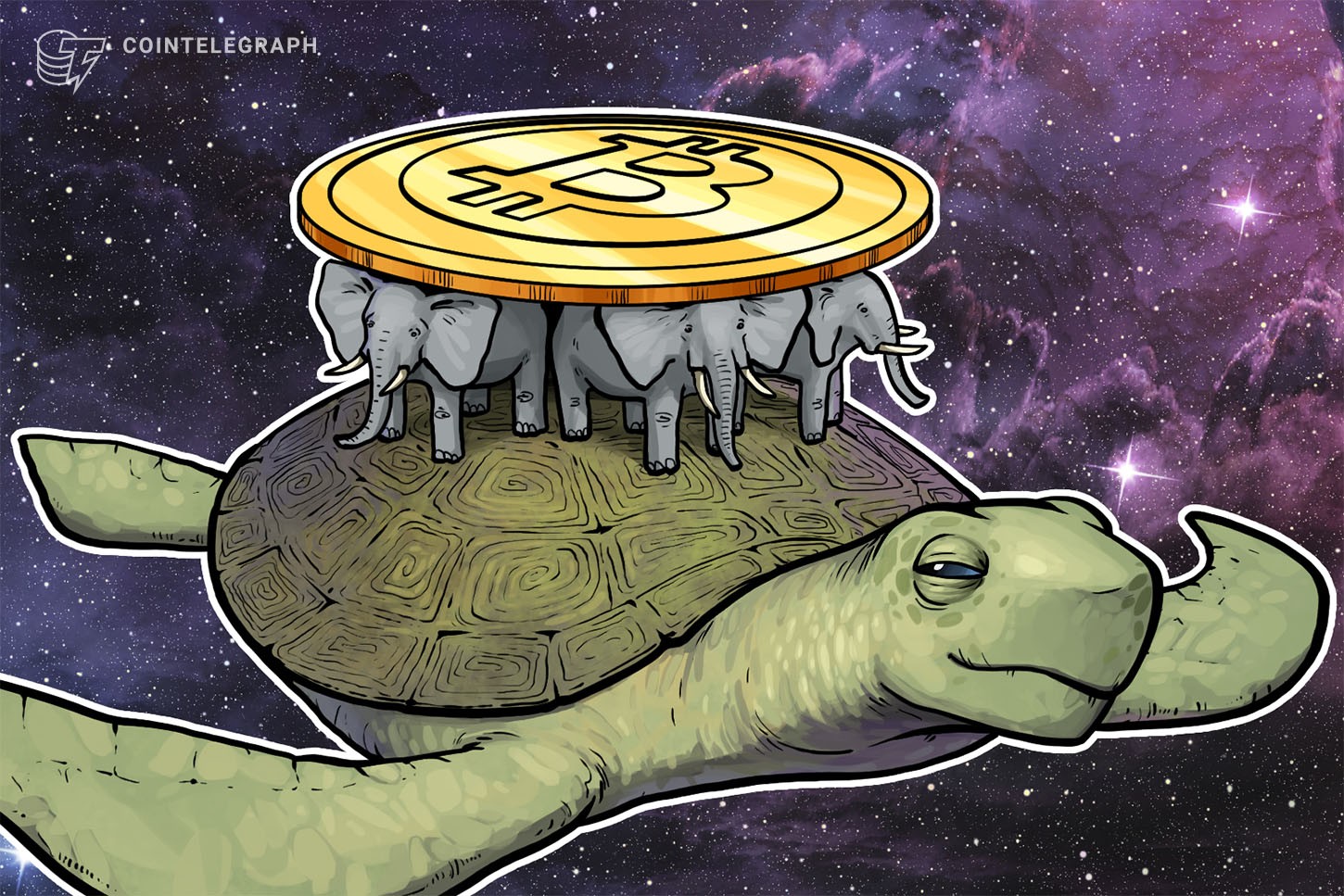Bitcoin (BTC) long-term holders are knuckling down as a record portion of the BTC supply stays dormant for years.
Data from on-chain analytics firm Glassnode confirms that the percentage of the supply now stationary for at least five years is higher than ever.
2017 BTC buyers not this year's sellers
Bitcoin has recovered almost 40% from its macro lows of $17,600 just two months ago, but for the cryptocurrency’s diamond hands, it has been a non-event.
Those who purchased BTC in 2017 or earlier continue to hodl their stake, and the trend points to more, not less, hodling in recent times.
Not content with the reversion above the 2017 highs of $20,000, long-term holders remain committed to not selling, the Glassnode data shows.
On Aug. 18, the percentage of the BTC supply staying untouched in its wallet for at least five years reached a new all-time high of 24.351%. Almost one quarter of the 19.12 million BTC circulating supply has thus been off the market since 2017 or earlier.

While recent months have been marked by major sell-offs, particularly among institutional investors, it would thus appear that hodlers really are unfazed by current narratives.
Previously, Cointelegraph reported on Bitcoin’s HODL Waves metric showing a similar story for slightly “younger” coins hodled for one year or more.
Not so live
A similar story, meanwhile, comes from Bitcoin’s “liveliness” — a calculation of hodler behavior that reached its lowest since the start of 2021 this week.
Related: Bitcoin price heads above $23.5K after highest EU inflation in history
Liveliness, a term coined by Bitcoin developer Tamas Blummer, is plotted as a score between 0 and 1, which increases or decreases, depending on how much hodler selling is occurring.
As Glassnode neatly summarizes, it is “the ratio of the sum of Coin Days Destroyed and the sum of all coin days ever created.” Coin Days Destroyed refers to the resetting of the counter when each Bitcoin moves, the “days” referring to days spent dormant, not moving around the network.
“It is apparent that Liveliness increases (and HODL decreases) during time periods of Bitcoin price increases and investors accumulate to HODL during periods of range bound prices,” Blummer explained in a dedicated introduction to the Liveliness metric published in late 2018.
Now at 19-month lows, Liveliness points to increasing desire to hodl across the Bitcoin network in general.

The views and opinions expressed here are solely those of the author and do not necessarily reflect the views of Cointelegraph.com. Every investment and trading move involves risk, you should conduct your own research when making a decision.
This article does not contain investment advice or recommendations. Every investment and trading move involves risk, and readers should conduct their own research when making a decision. While we strive to provide accurate and timely information, Cointelegraph does not guarantee the accuracy, completeness, or reliability of any information in this article. This article may contain forward-looking statements that are subject to risks and uncertainties. Cointelegraph will not be liable for any loss or damage arising from your reliance on this information.


